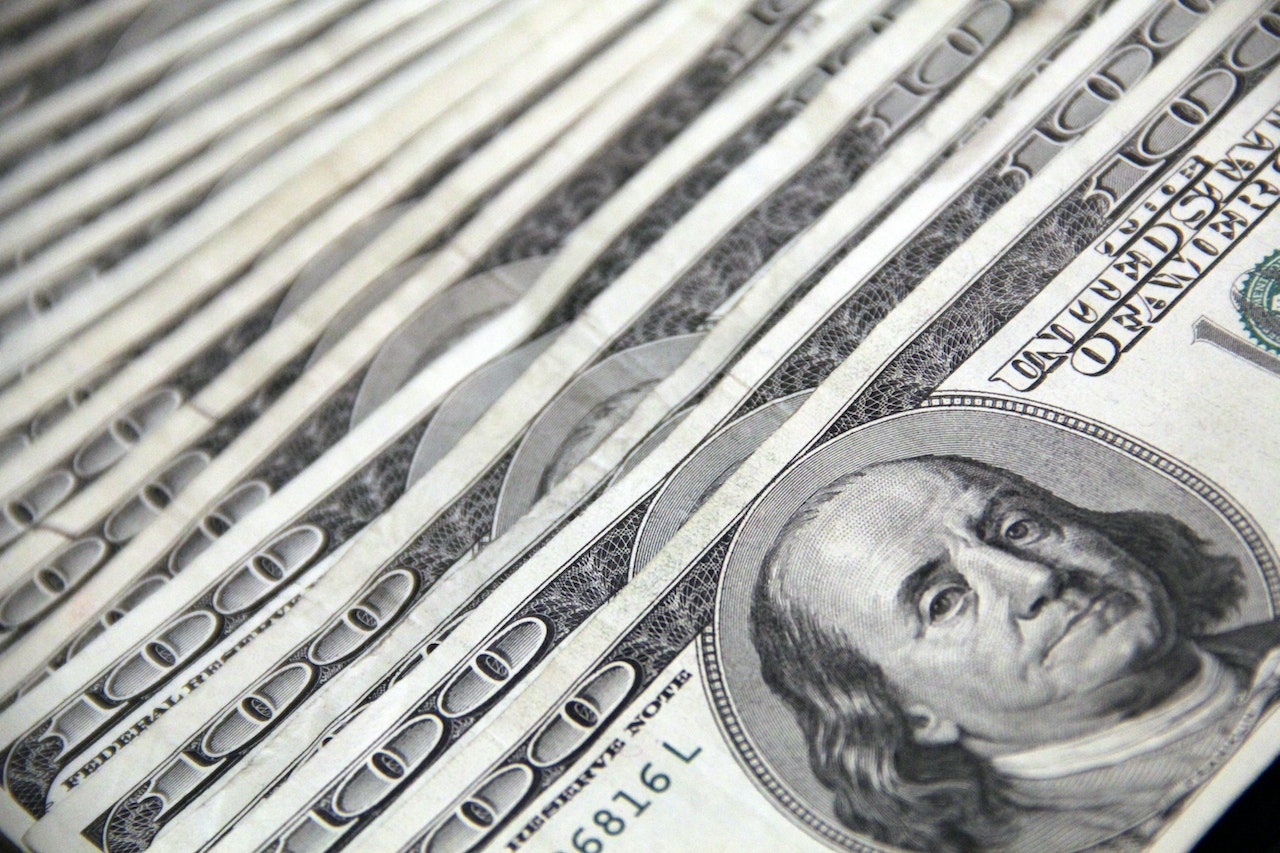In a potentially risky move, the Federal Reserve seems to be tolerating a surge in long-term interest rates, jeopardizing its aspiration of achieving a soft landing for the economy. The recent surge in 10-year Treasury yields, which have spiked by over half a percentage point in the past month, now exceeding 4.7%, poses immediate risks of a financial crisis akin to the regional bank breakdown in March. Furthermore, in the long run, this surge threatens to escalate borrowing costs for both consumers and corporations, potentially undercutting economic growth.
R.J. Gallo, a senior portfolio manager at Federated Hermes, managing approximately $669 billion in assets, expressed concerns, stating, “Ultimately, the feedback effect starts to fuel fears that you’re going to have a hard landing.”
Of particular concern is the ascent of so-called real interest rates, which factor out the impact of inflation. Yields on 10-year inflation-linked Treasuries have reached levels rarely witnessed over the past two decades.
To date, Federal Reserve leadership has shown little inclination to resist the rising long-term rates. John Williams, President of the New York Fed, indicated last week that the central bank might have concluded its rate hikes but emphasized that policymakers intend to keep rates high “for some time” to bring inflation back in line with their 2% target.
Former Vice Chair Richard Clarida raised concerns about the Fed’s passive stance, stating, “Fed officials have had a chance at various appearances — and they’ve not really taken that opportunity to push back against this.”
Clarida, now serving as a global economic adviser for Pacific Investment Management Co., added that the increase in yields is actually assisting the Fed in its goals by slowing economic growth and curbing inflation.
However, the danger lies in the potential for long-term rates to cause more significant damage than anticipated. The Silicon Valley Bank’s collapse in March was partly attributed to a rise in bond yields driven by strong statements from Fed Chair Jerome Powell regarding policy.
Bruce Kasman, Chief Economist for JPMorgan Chase & Co., acknowledged the potential for a near-term disruptive effect, especially given the various headwinds the economy faces, including the resumption of student loan payments and an autoworker strike. Some economists, like Anna Wong, Chief US Economist at Bloomberg Economics, even suggest the US economy is on the verge of entering a recession.
The surge in yields has been attributed to a range of factors, including concerns about growing US budget deficits, reduced demand for Treasury securities from foreign investors, and expectations that Japan will depart from its ultra-loose monetary policy in the coming quarters.
Furthermore, the mixed signals from the central bank about its stance on real interest rates have puzzled investors. Julia Coronado, founder of MacroPolicy Perspectives LLC and former central bank economist, noted the conflicting messages from the Fed, which have allowed the market to interpret them as permission to keep pushing rates higher.
One point of contention is how policymakers define real rates. They sometimes refer to metrics based on past inflation and, at other times, prospective inflation rates. The difference in definition can significantly impact the future direction of Fed policy. Cleveland Fed President Loretta Mester asserted that real rates should be based on expected inflation, not necessarily current inflation.
Federal Reserve Chair Jerome Powell added to the confusion by suggesting that the real neutral rate of interest may have temporarily risen, given the economy’s resilience in the face of the Fed’s aggressive credit tightening. This, combined with investor beliefs that the so-called R-star is permanently higher post-pandemic, has further fueled the bond market’s volatility.
As the reasons behind the surge in long-term rates remain complex, it is imperative for policymakers to closely monitor the situation to prevent it from spiraling out of control. Clarida emphasized, “If the moves get extreme or persistent, it could get the Fed engaged.”
Source: Bloomberg



